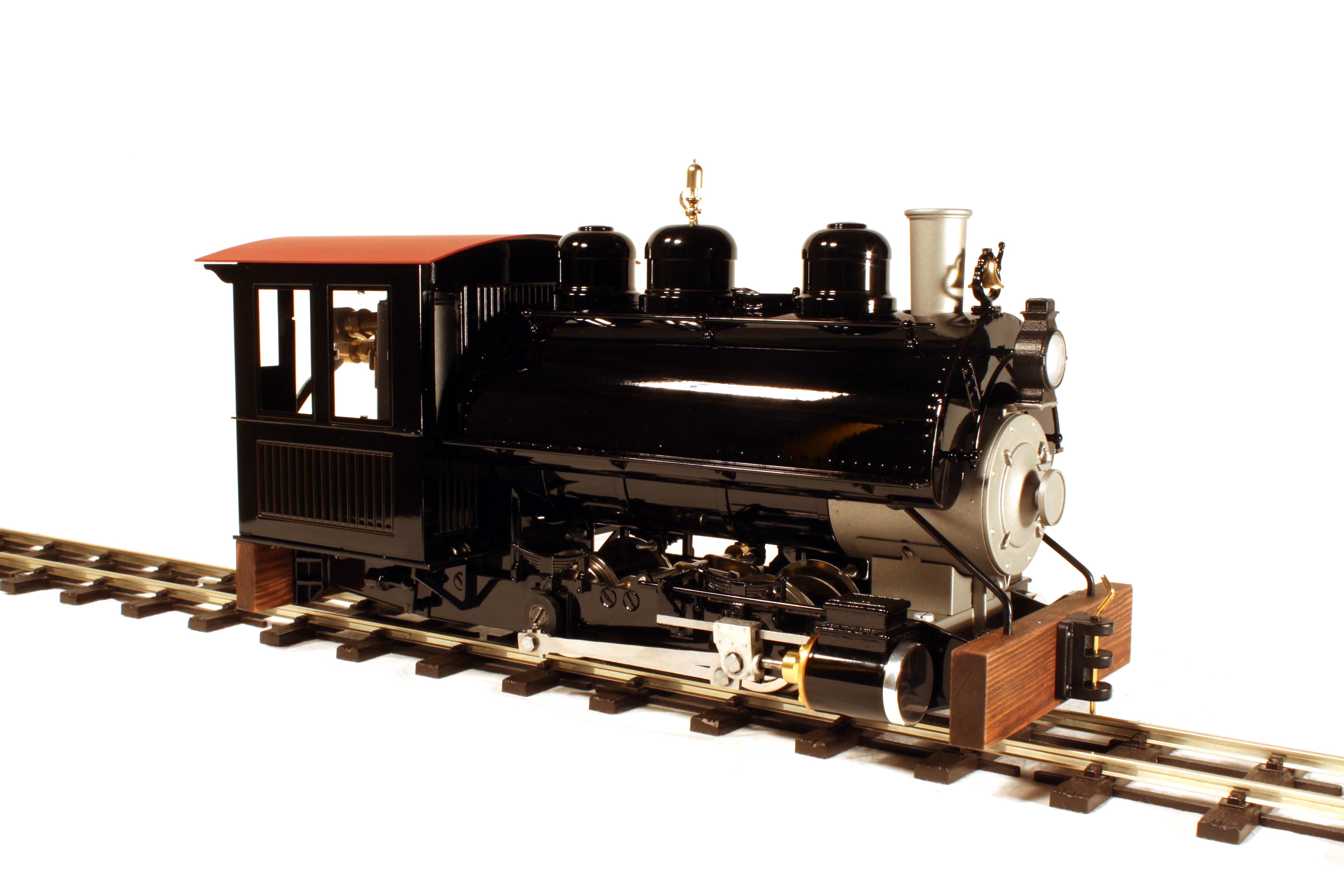It seems that early in the history of steam locomotives, inside cylinders was the favoured design. I'm wondering why? The only thing I can come up with, is that it ought to decrease the tendency that the whole locomotive behaves like the tail of a happy dog, as the cylinders work.
I have read about a design, that was scrapped, because the first series of locomotives rocked heavy back and forth sideways. Those had outside cylinders, with Walchaerts / Heusinger valve gear.
But many inside cylinder locomotives in the 19th century ran so slow, that this rocking motion seems an unlikely problem. Sideway inertia ought to be enough?
I would like to find a 0-6-0 prototype, with outside cylinders, but inside valvegear. In model, ocillating cylinders would look acceptable. Also an open cab, like I've seen on on English tender locomotives, would make coal firing simpler, having no roof getting in you way.
Of course, one can always just do a freelance design. 😄 As long as it captures the general idea and impression of some prototypes, that's pretty okey with me.
![61619 61619]()
I have read about a design, that was scrapped, because the first series of locomotives rocked heavy back and forth sideways. Those had outside cylinders, with Walchaerts / Heusinger valve gear.
But many inside cylinder locomotives in the 19th century ran so slow, that this rocking motion seems an unlikely problem. Sideway inertia ought to be enough?
I would like to find a 0-6-0 prototype, with outside cylinders, but inside valvegear. In model, ocillating cylinders would look acceptable. Also an open cab, like I've seen on on English tender locomotives, would make coal firing simpler, having no roof getting in you way.
Of course, one can always just do a freelance design. 😄 As long as it captures the general idea and impression of some prototypes, that's pretty okey with me.






